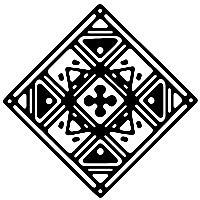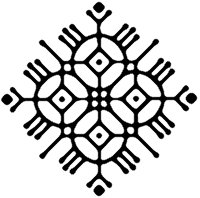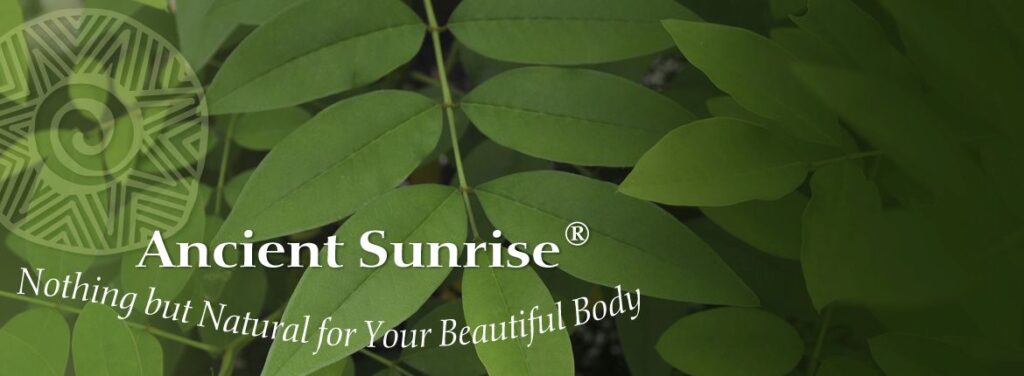This paper details Id sacrifice traditions and effects, focusing on henna and ecosystem management, from its origins in the Neolithic Mediterranean world, to present day.
For full-page display of the article, click the gear icon in the upper right-hand corner to open the settings menu, then click “Presentation Mode.” To save a copy of the article, click “Download” on the settings menu.
Artifacts and written records dating from the Bronze Age Mediterranean prove that women hennaed their hands in celebration of a springtime ritual sacrifice to secure fertility and blessings for the land and community. These fertility festivals and their henna traditions spread into three different major religions, Judaism, Islam, and Christianity. The annual sacrifice to secure the favor of a deity was not simply symbolic. The ritual action managed the domestic herd populations within the ecosystems towards an optimum level of productivity, benefiting both people and landscape.
This paper has details on rural Moroccan Id henna traditions from late 19th century. This paper has over 50 traditional khamsa henna patterns from Amazigh tribes used in celebration at Id prior to 1930!



